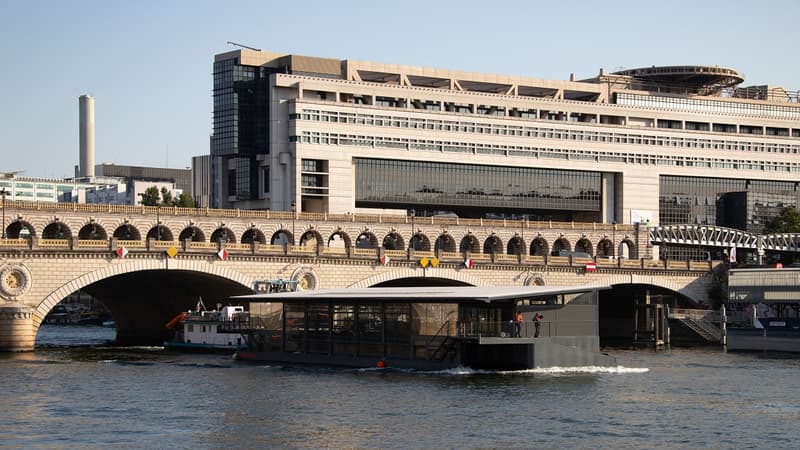Despite the political chaos, will France manage to respect its budget commitments? If the government’s finance bill plans to reduce the public deficit to 4.7% of GDP in 2026, there will still be a long way to go before fulfilling the promise made in Brussels to return to below 3% in 2029.
To achieve this objective, it will be necessary in any case to accept an ambitious budgetary adjustment. According to a note from the Council for Economic Analysis (CAE), the minimum necessary effort amounts to 112 billion euros (and even 127 billion in the event of a continuous increase in the interest rates at which the country borrows). Of course, “we cannot do everything at once. This would have too great a social and economic cost,” explains Adrien Auclert, a CAE member and associate professor of economics at Stanford University.
The experts from the independent body attached to Matignon therefore recommend softening the effort of 112 billion euros in six years with 27 billion euros of savings starting in 2026 (0.9% of GDP), because “the sooner the effort is made, the greater its impact on the debt.” The effort required each year would then progressively decrease (0.46% of GDP in 2029).
This effort of 27 billion starting next year is “consistent and compatible” with Sébastien Lecornu’s budget project which foresees savings of around 30 billion, notes Xavier Ragot, president of the OFCE and director of research at the CNRS and professor at Sciences Po Paris. In comparison, François Bayrou’s budget proposed savings of almost 44 billion euros.
Ultimately, the recovery trajectory proposed by the CAE would allow for a budgetary adjustment that is neither too brutal nor too slow. In this case, it would lead to stopping the increase in public debt and stabilizing it at 124% of GDP by 2032 (compared to 116.2% at the end of 2025), but also to reducing the public deficit to 2.95% of GDP in 2029.
What measures to clean up public accounts?
To achieve 112 billion savings in six years, the CAE prepares a catalog of 170 measures divided between spending cuts for 108 billion euros, increases in income for 111 billion euros and structural reforms for 45 billion euros. “Everyone can choose. (…) We give a tool. We do not recommend anything. Rather we want to show the scope of the possible options,” emphasizes Xavier Jaravel, vice president of the CAE and professor of economics at the London School of Economics.
In terms of expense, the most effective potion might also be the most bitter. A freeze on the volume (after inflation) of the general State budget would allow, for example, savings of 7.2 billion euros in 2026 and 34.6 billion in 2030. This freeze could give rise to a series of reforms such as the reform of learning aid (600 million euros of savings), better targeting of MaPrimeRenov (900 million) and the conditioning of APLs on parents’ resources (800 million). million)… Freezing the volume of the budget of local authorities would generate savings of 3.9 billion euros next year and 19.4 billion in five years.
On the income side, the CAE also reviews all possible options. Among them, the increase in the single flat-rate tax from 30 to 33% (1,200 million) or the corporate tax rate from 25 to 33.5% (4,400 million), the increase of one point in the income tax rate for each bracket (6,800 million) or even the VAT (6,000 million), the increase of one point in the CSG (14,600 million), the freezing of the indexation of the scale of income tax (1,800 million), the reestablishment of the housing tax (21.8 billion) or the ISF (5 billion)…
45 billion possible income through structural reforms
Beyond these temporary measures, the CAE recalls the importance of structural reforms. Increasing the employment rate of older people with an increase in the legal retirement age to 65 would bring in €17.7 billion between now and 2035. While an increase in productivity growth of 0.1 points next year and 0.2 points in 2027 would bring €12.3 billion into the coffers between now and 2030. Finally, the reduction in the unemployment rate of 0.4 points per year for 5 years would mean 15.1 billion euros in savings.
Last lever to save: the fight against tax and social fraud, which is precisely the subject of a government bill. CAE economists estimate that the cost of the first can reasonably be estimated between 14 and 52 billion euros per year and that of the second between 13 and 16 billion. According to this evaluation, an “improvement in detection and recovery rates” could generate 4.2 billion euros per year in the medium term, the experts conclude.
Source: BFM TV


